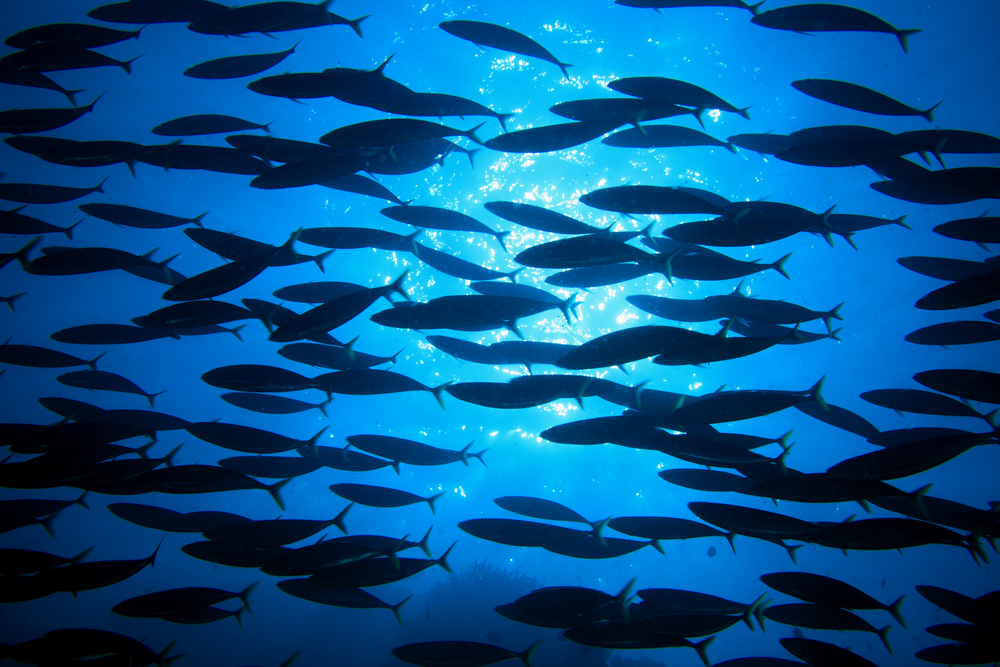Ocean-going vessels rely on the use of ballast water, especially on long, multi-destination voyages, but the way this water is handled can have a dramatic effect on the world’s marine ecosystems. Owners and operators may not even be aware that their ships could be carrying thousands of harmful aquatic organisms.
To use an example, a ship could collect a cargo, and the necessary ballast water, in Rotterdam. At the first port of call in East Africa, water is jettisoned in the sea during loading and unloading, and more water is taken on board before setting off for Australia, where more ballast water is released and later taken on board again.
The delicate balance of the East African and Australian marine ecosystems could be compromised permanently by just one voyage. And when you consider just how busy the world’s shipping lanes are these days, it goes without saying that a vast number of species are under threat in all corners of the globe.
Are you doing all you can?
The International Maritime Organisation (IMO) offers comprehensive guidelines on how best to avoid making any situation worse. Ballast water exchange is a necessary aspect of international marine life, of course, but the water that is being transferred needs to be as clean and non-threatening as possible.
Thankfully, a ballast water test kit from MTS is easy to use and provides accurate, reliable information. Treatment systems from MTS can be used to rectify any potential problems, so owners and operators can ensure their processes are safe, hygienic and environmentally friendly at all times.
Maintaining a balance in any marine ecosystem is always going to be difficult in an age of mass transportation. It’s therefore vital that organisations involved in international shipping are fully aware of their responsibilities. Introducing potential predators into a new region can have immediate and far-reaching effects on the local food chain. For this reason alone, a ballast water test kit from MTS is a must-have.

